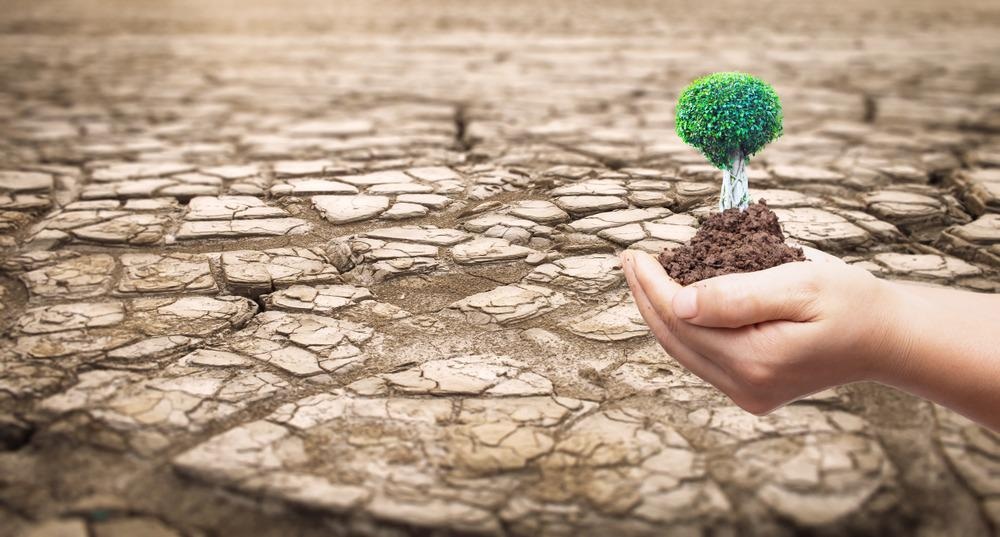Cactus fruit waste seeds (CWS) have been discovered as a viable cellulosic source by a group of researchers in a recent study published in the International Journal of Biological Macromolecules.

Study: Beneficiation of cactus fruit waste seeds for the production of cellulose nanostructures: Extraction and properties. Image Credit: Paul shuang/Shutterstock.com
Alkali and whitening procedures were used to make cellulose microfibers (CMFs) and nanocrystals (CNCs), which were then hydrolyzed in sulfuric acid.
Cactus fruit waste seeds are a by-product of the treatment of cactus fruits.
CWS has never been recovered in any industry. Commercial exploitation of these leftovers has the potential to decrease their quantity in the ecosystem while also transforming them into useful goods.
Cactus: An Important Raw Material
Opuntia Ficus Indica, often called cactus, is one of the most significant crops suitable for the growth of desert and semi-desert locations.
It can develop with minimal irrigation and is heat resistant, demonstrating its excellent climatic adaption.
The cactus tree is by far the most significant Cetacea species for generating flowers and fruits in terms of agronomy.
In recent years, cactus fruit has been regarded as a significant agricultural raw commodity.
It is mostly employed in one of two ways: direct exploitation of edible fruit or refining of the fruit into valued traditional goods like jams, jellies, and syrups.
Cactus fruit waste seeds (CWS) are generated during the chemical synthesis of these fruits to obtain useful oil, and they are primarily burnt as fuel.
Revalorization of Agro-Industrial Wastes
Revalorization of agricultural wastes is now one of the most difficult challenges for organic farming to address in reducing the negative environmental impact and offering them a high return on investment.
These wastes are lignocellulosic components, which are made up of cellulose and lignin that are held together by lignocellulosic biomass, pectins, and other compounds.
Moreover, the growing demand for cellulosic-based materials, as well as the abundance of these byproducts in the world's crop residues, make them a viable alternative to existing materials.
Properties and Applications of Cellulose
CWS includes a significant quantity of cellulose (approximately 27%), making it a suitable platform for the synthesis of cellulose derivatives, which might be useful in reducing the waste they produce.
Because of its low density, bioactivity, recyclability, and biodegradability, this widely accessible substance has gotten a lot of interest in both academic study and industrial development.
Furthermore, numerous procedures and techniques may be used to transform cellulose into diverse shapes such as cellulose fiber, cellulose microfibrils (CMF), cellulose nanofibrils (CNF), cellulose nanocrystals (CNC), and nanowhiskers (CNW).
Cellulose Microfibrils (CMF) and Nanocrystals (CNC)
Several processes, including separation, acid hydrolysis, and thermal decomposition, may be used to extract purified CMF from various cellulose-rich materials.
CMF is made up of liquid crystalline sections with fiber diameters ranging from a few micrometers to several meters. The most straightforward approach for isolating CMF is to use traditional chemical processes such as alkali and whitening procedures.
CNC is one of the most fascinating nanosized configurations of cellulose with extremely high crystalline phases, which opens up new possibilities in a variety of useful disciplines ranging from smartphones to therapeutic diagnostics due to its many advantages, including high surface areas, high surface to volume ratio, interesting material characteristics, and low cytotoxicity.
CNC may be made from a broad range of plant sources employing several techniques, including hydrolysis process and enzyme-assisted synthesis.
Throughout the literature, however, no work on the separation of lignocellulosic biomass or the fabrication of CNC components from CWS has been described.
Production of CMF and CNC using Cactus Waste Seeds
The focus of this research is on valuing CWS as a starting material for the manufacturing of CMFs and CNCs to determine its value as an efficient and sustainable lignocellulosic biomass resource.
Elemental composition, structural, mechanical, radiative, and textural characteristics of isolated cellulose materials were investigated.
Cactus fruit waste seeds have been discovered to be a potential source of lignocellulosic biomass.
For the first time, their electrochemical properties were measured, revealing a significant quantity of cellulose (27 percent) and lignin (37 percent), with almost little hemicellulose.
Research Conclusion
Pure CMFs with a mean size of 11m, a crystallinity of 72%, and productivity of 25% were obtained using traditional purification procedures such as acidic and whitening procedures on raw CWS.
Sulfated CNCs with a needle-like form were effectively generated by hydrolyzing CMFs with sulfuric acid.
Through this study, a novel approach for valorizing untapped CWS in the creation of lignocellulosic biomass with intriguing properties has been established, making them a possible option in a variety of industries.
Reference
Benhamou, A. et al. (2022). Beneficiation of cactus fruit waste seeds for the production of cellulose nanostructures: Extraction and properties. International Journal of Biological Macromolecules. Available at: https://www.sciencedirect.com/science/article/abs/pii/S0141813022001842
Disclaimer: The views expressed here are those of the author expressed in their private capacity and do not necessarily represent the views of AZoM.com Limited T/A AZoNetwork the owner and operator of this website. This disclaimer forms part of the Terms and conditions of use of this website.